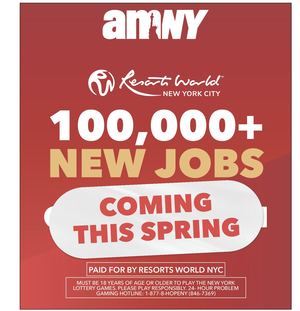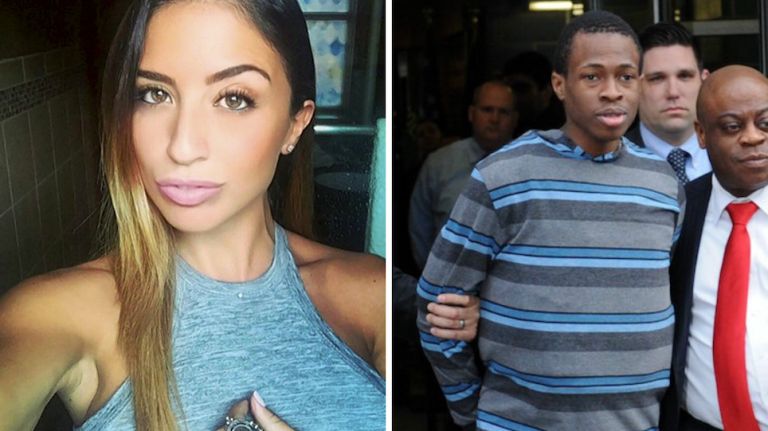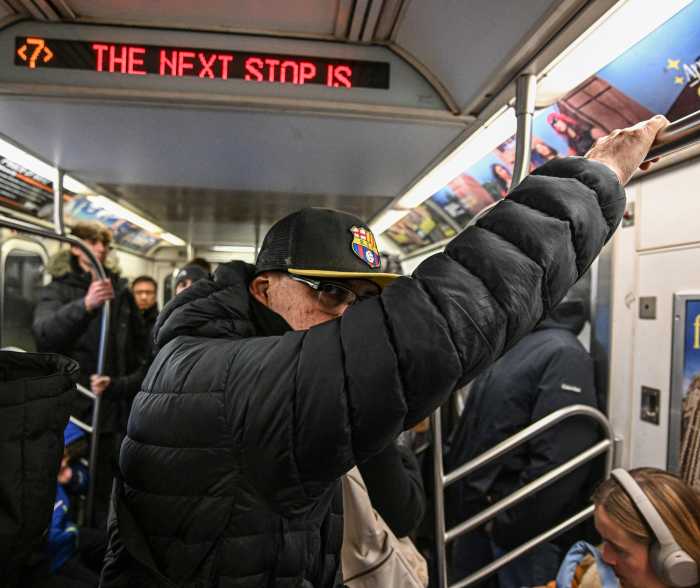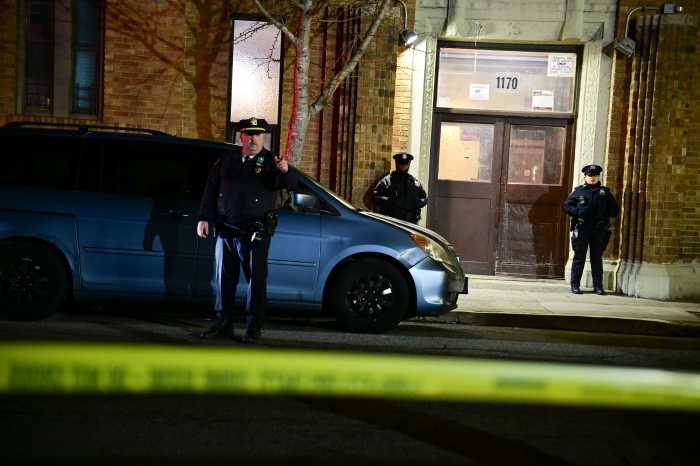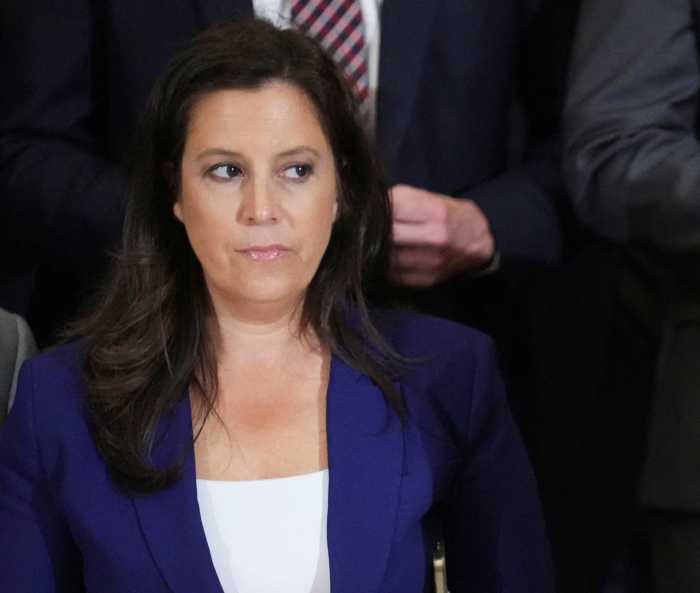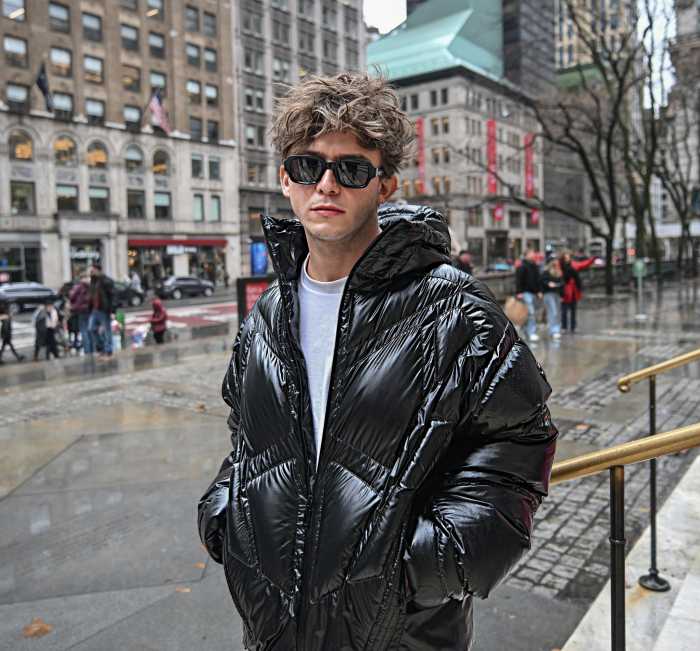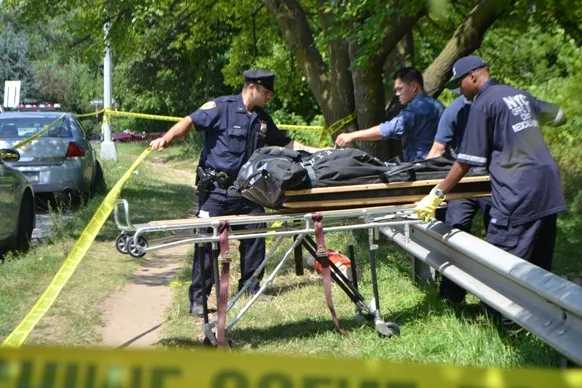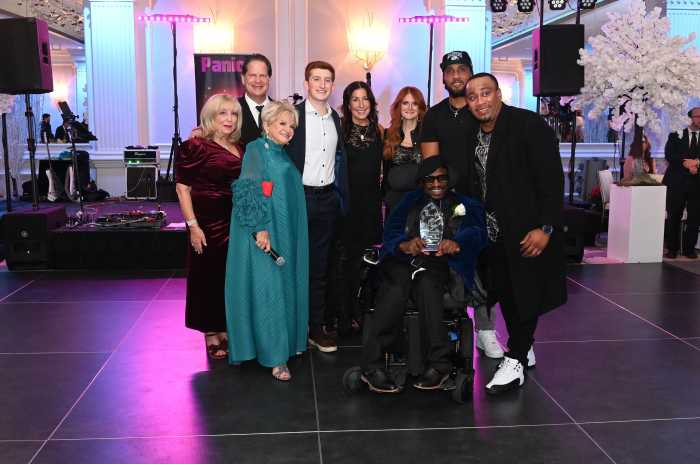
Chanel Lewis, the man convicted of murdering Karina Vetrano when she went for a run near her Howard Beach home on Aug. 2, 2016, was sentenced to life in prison without parole on Tuesday.
Vetrano was found strangled and sexually assaulted in a marshy area of Spring Creek Park, police said. More than six months later, on Feb. 5, 2017, police arrested Lewis, then 20 years old. He was charged with second-degree murder in connection with Vetrano’s death.
In November, a jury could not agree on a verdict and a mistrial was declared. Lewis’ retrial ended April 1 when the jury returned a guilty verdict after five hours of deliberations. His defense attorneys motioned to toss the verdict, citing claims of jury misconduct, but a judge on Monday denied the request.
Scroll down for more about Lewis and the investigation leading up to his arrest.
The suspect
Chanel Lewis confessed to committing Vetrano’s murder, according to his taped statements to police. His DNA, which he gave voluntarily to police, was matched to samples recovered from Vetrano’s neck, under her fingernails and on her cellphone, police said.
Lewis was unemployed and lived with his mother in East New York when he was arrested, police said. He doesn’t have a criminal record, but police identified three quality-of-life summonses dating back to 2013 that Lewis received around the Howard Beach crime scene.
Lewis became a possible suspect the first week of February 2017 when NYPD Lt. John Russo recalled a complaint from May 2016. In testimony, Russo said he had become suspicious when he saw Lewis wearing a hoodie and sweatpants on a hot day, looking at houses in Howard Beach. The next day, he saw Lewis pacing in a parking lot, and residents reported seeing a similarly dressed man carrying a crowbar and going in and out of backyards, he said.
Russo called the local precinct and officers stopped Lewis. They didn’t find a crowbar and did not observe any crime, but took down his name and address, officials said.
When investigators located the patrol report, they interviewed Lewis at his Essex Street home. During interviews, Lewis described a puddle near the location Vetrano’s body was found, which helped convince investigators that he was at the park the same time of her killing, a law enforcement source said.
Lewis told police the alleged attack was impulsive, sparked by problems at home.
“I never really meant to hurt her, it just happened,” he said. “I was just mad at that time. I beat her to let my emotions out.”
Police said Lewis tried to complete a sex act but apparently didn’t.
Lewis’ family has denied that he is capable of committing the murder and his defense attorneys argued that his confessions had been coerced.
His lawyers also argued that the stop on May 31, 2016, that ultimately led to Lewis’ arrest, was based on a vague description that escalated to an improper detention, according to court filings. As a result, the DNA evidence and his confession are tainted, they said.
Queens State Supreme Court Gregory Lasak rejected the argument that the stop was illegal and ruled on Feb. 26, 2018, that the evidence was admissible in the case.
The investigation
Vetrano left for a jog at about 5 p.m. on Aug. 2, 2016 — a fairly common activity for her, police said. During her run, investigators said Vetrano had been texting her best friend.
When she didn’t return home that night, her family became worried. They began to search for her after she didn’t return phone calls or texts, and discovered her body about four hours later.
She was found face down in a marshy area, about 15 feet from a trail near 161st Avenue and 78th Street in Spring Creek Park.
In the days following, police recovered a DNA sample from Vetrano’s neck, under her fingernails and on her cellphone, but were unable to match it to any known individual.
Chief of Detectives Robert Boyce said police spoke to several people involved in her personal life, including an ex-boyfriend, who was not a suspect. Investigators also reviewed surveillance video in the area, but didn’t find “any video evidence at all to show anybody lingering.”
Police shifted their investigation toward Brooklyn in late August 2016 to determine if the attacker could have escaped the park westbound along the Belt Parkway.
On Aug. 31, police released a sketch of a possible witness to the murder. Boyce said the individual was not considered a suspect, but hoped he may have more information about the incident. The sketch spurred more tips, but police still did not have a suspect.
“Crime Watch Daily With Chris Hansen” published video surveillance on Sept. 12 that shows Vetrano running on a street adjacent to the park, but Boyce said the video did not provide any clues about who killed her.
“We’re looking for a break,” Boyce said in an interview with “Crime Watch Daily.” “We need a break in the case.”
On Sept. 21, Boyce said he was optimistic that investigators would find Vetrano’s killer. “I think we will make an arrest in the case,” he said.
Michael Fox, 47, was taken into custody after he was found naked and ranting on Sept. 27 in the same marshy park where Vetrano was killed. Fox was apparently agitated and incoherent, yelling that “the father did it … I have nothing to do with it,” according to a police source.
Fox’s DNA, however, did not match the samples found on Vetrano’s body and belongings, police said in early October 2016.
On Dec. 7, more than four months after Vetrano’s death, Queens District Attorney Richard Brown asked the state to approve the use of a new type of DNA analysis that he believed could help solve the case. Brown called on the state to allow the city to use what is known as “familial searching,” a technique that is used in 10 other states, but wasn’t at the time allowed in New York.
State Sen. Phil Boyle introduced legislation on Dec. 9 that would authorize the use of the so-called “familial DNA” to assist in solving violent crimes in New York. The senator said he drafted the measure after a phone conversation with Vetrano’s father in late November.
On Feb. 4, 2017, police said they were questioning a person of interest in connection to Vetrano’s death. The next day, Chanel Lewis was named by police as the suspect arrested in the case.
Even after Lewis’ arrest, Vetrano’s family pushed for “familial DNA” analysis, and a state commission approved it in June 2017.
The reward money
Days after Vetrano was found dead, the NYPD increased its reward offered to $25,000. On Aug. 23, 2016, the city’s reward was raised again to $35,000, which included $10,000 from the mayor’s office.
Vetrano’s family, including her parents Cathy and Phil Vetrano, went one step further and created a GoFundMe, quickly generating contributions.
Just one day after the page was created on Aug. 9, 2016, it had surpassed its goal of $100,000. And by Oct. 12, 2016, the fund had raised more than $283,000 and been shared over 15,000 times on social media.
Following the arrest of Lewis, Phil Vetrano said the money raised would be donated to charity. The family started a scholarship for students at Archbishop Molloy High School in Karina’s name.
The community
On Aug. 16, 2016, Vetrano’s friends and family gathered to retrace her steps. Her father said it was the first of many events to honor her life.
“Two weeks ago today started out like any other day. I love you daddy, c u later. You 2 baby have a great day at work,” he wrote. “A few short hrs later my life would forever change.”
Many in the close-knit Howard Beach community knew Vetrano or her parents, and several said her father — a retired firefighter who now does contracting work — had even done work on their homes.
The night after her murder, dozens gathered in the parking lot of the bar where she worked to light candles in her honor.
On Aug. 24, 2016, Queens Borough President Melinda Katz’s office paid for eight surveillance cameras to be put up around the perimeter of the park where Vetrano’s body was found. But cameras could not be put up inside the park, because it is on federal land, a spokeswoman for Katz’s office said.
The NYPD will operate the cameras.
With Newsday
Read more: German Doner Kebab Opens in Midtown NYC
